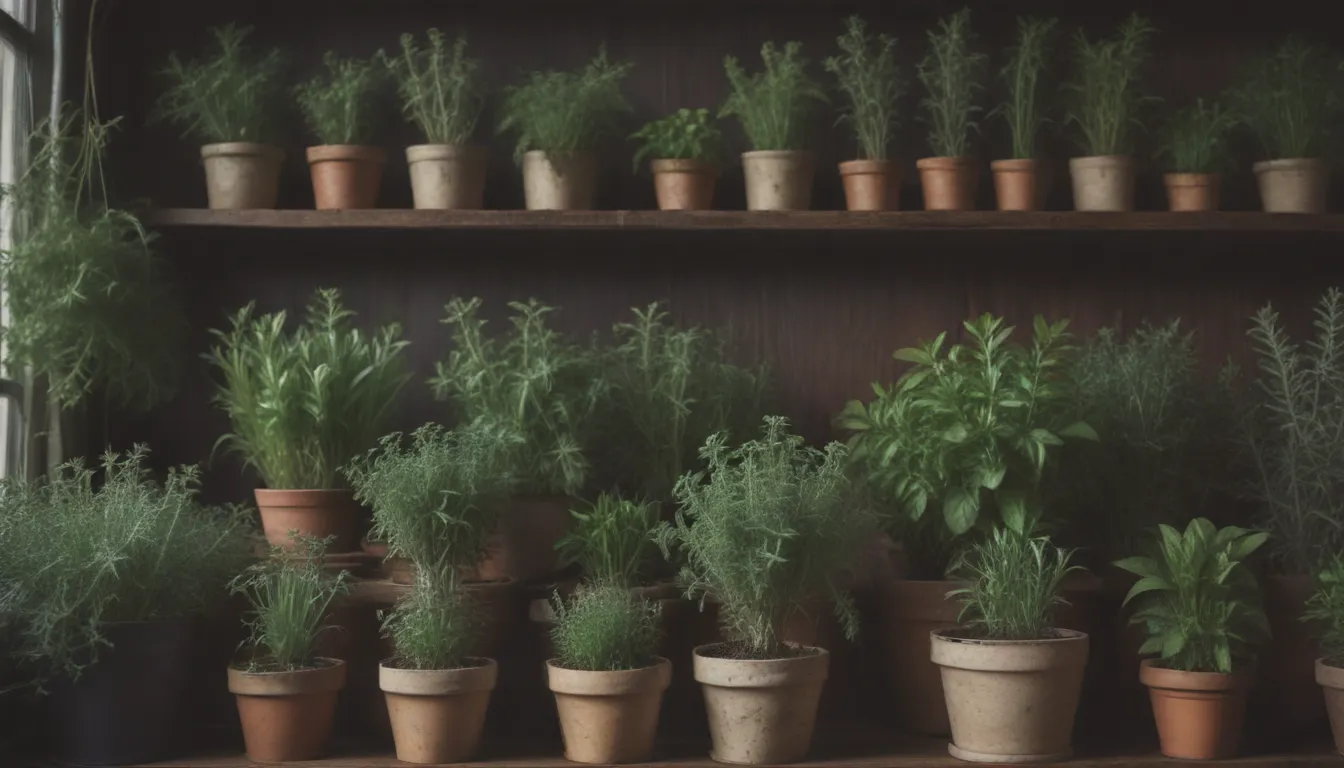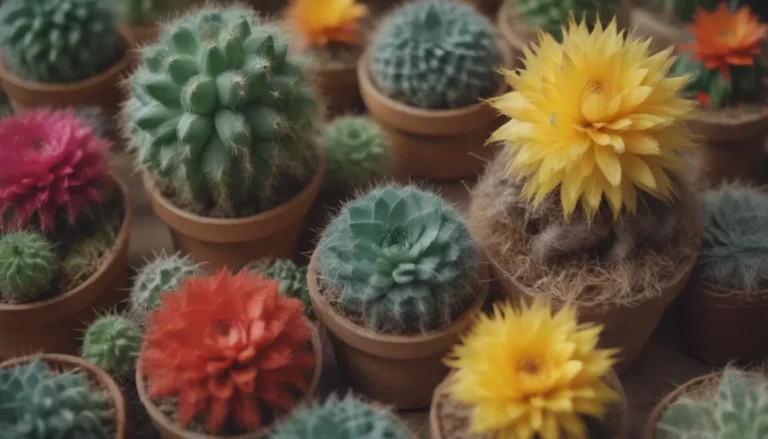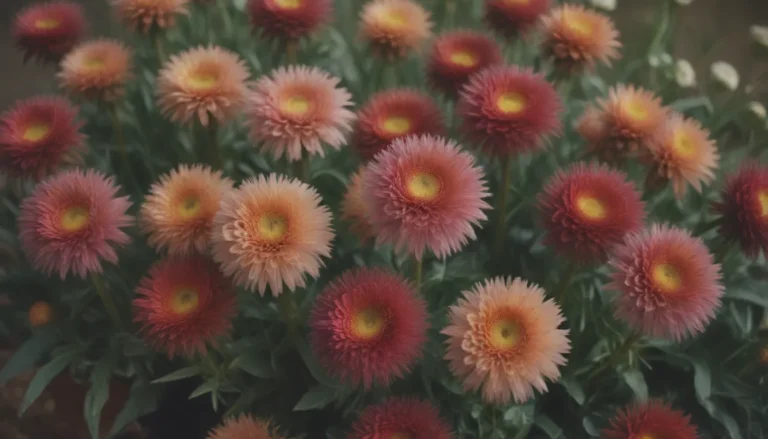The Ultimate Guide to Growing Herbs Indoors All Year Long

Are you tired of constantly having to buy fresh herbs at the supermarket, only to watch them wither away in your fridge before you can use them all? Why not take matters into your own hands and grow your own herbs indoors all year long? Not only will you save money in the long run, but you’ll also have the pleasure of enjoying the delightful aroma of fresh herbs wafting through your home.
Growing herbs indoors is a fun and rewarding experience, but it does require a bit of knowledge and planning. In this comprehensive guide, we’ll explore everything you need to know to successfully grow 16 of the best herbs indoors, from basil to oregano to chives. Let’s get started!
Why Grow Herbs Indoors?
Growing herbs indoors offers a multitude of benefits, including:
- Save money on store-bought herbs
- Enjoy fresh herbs all year round
- Enhance the aroma of your home
- Have easy access to herbs for cooking
- Learn a new skill and connect with nature
Selecting the Right Herbs
Before you start your indoor herb garden, it’s essential to choose the right herbs that will thrive in an indoor environment. Here are 16 popular herbs that you can grow indoors all year long:
-
Basil – A staple in Italian cuisine, basil is easy to grow and adds a fresh flavor to dishes.
-
Catnip – Perfect for cat lovers, catnip is a perennial herb that’s easy to grow indoors.
-
Chives – This onion-flavored herb is a versatile addition to soups and salads.
-
Lemon Balm – Add a citrusy flavor to your dishes with lemon balm, a perennial herb that also works well in potpourri.
-
Oregano – A classic herb for Italian dishes, oregano is drought-resistant and easy to grow indoors.
-
Parsley – Whether curly or flat-leafed, parsley is a biennial herb that adds flavor to a variety of dishes.
-
Rosemary – This drought-tolerant perennial herb is perfect for dips and drinks, but requires a little extra care indoors.
-
Sage – Known for its use in poultry stuffing, sage is a perennial herb that adds a savory flavor to dishes.
-
Spearmint – Easy to grow indoors, spearmint is perfect for flavoring drinks, teas, and jelly.
-
Thyme – A versatile herb for flavoring meat dishes, thyme prefers low humidity and bright sunlight.
-
Bay Laurel – Used to season soups, stews, and sauces, bay laurel is a flavorful herb that can be grown indoors.
-
Lemongrass – Popular in Asian cuisine, lemongrass adds a zingy, lemony-ginger flavor to dishes.
-
Marjoram – Related to oregano, marjoram has a sweet and floral flavor that’s perfect for soups and stews.
-
Cilantro – With a fresh, citrusy flavor, cilantro brightens up dishes like salsas and sauces.
-
Dill – A signature ingredient in pickled foods, dill adds a grassy, celery-like flavor to dishes.
-
Chervil – Common in French cooking, chervil has a delicate, anise flavor that’s perfect for egg, fish, and poultry dishes.
Tips for Growing Herbs Indoors
Once you’ve selected the herbs you want to grow, follow these tips to ensure their success:
- Provide adequate sunlight: Most herbs need at least 6 hours of direct sunlight a day when grown indoors. If you don’t have enough natural light, consider using an indoor grow light.
- Use well-draining soil: Herbs prefer soil that drains well to prevent root rot. Consider using an indoor potting mix or a hydroponic system for soilless growing.
- Water properly: Herbs like to have consistently moist soil, but be careful not to overwater, as this can lead to root rot.
- Pinch back regularly: To encourage growth and prevent bolting (when herbs go to seed and become bitter), pinch back your herbs regularly.
- Provide good air circulation: Proper air circulation can help prevent fungal diseases that can affect indoor herbs.
Resources for Indoor Herb Gardening
Whether you’re a seasoned herb gardener or a complete beginner, there are resources available to help you succeed in growing herbs indoors. Consider the following options:
- Join an online gardening community or forum to connect with experienced herb growers and ask for advice.
- Check out gardening books or websites for more in-depth information on growing specific herbs.
- Attend gardening workshops or classes in your area to learn hands-on tips and techniques.
With a little care and knowledge, you can enjoy the satisfaction of growing your own fresh herbs indoors all year long. Happy gardening!
References:
– ASPCA. “Chives.”
– ASPCA. “Bay Laurel.”
– ASPCA. “Lemon Grass.”
– ASPCA. “Parsley.”
– ASPCA. “Marjoram.”





